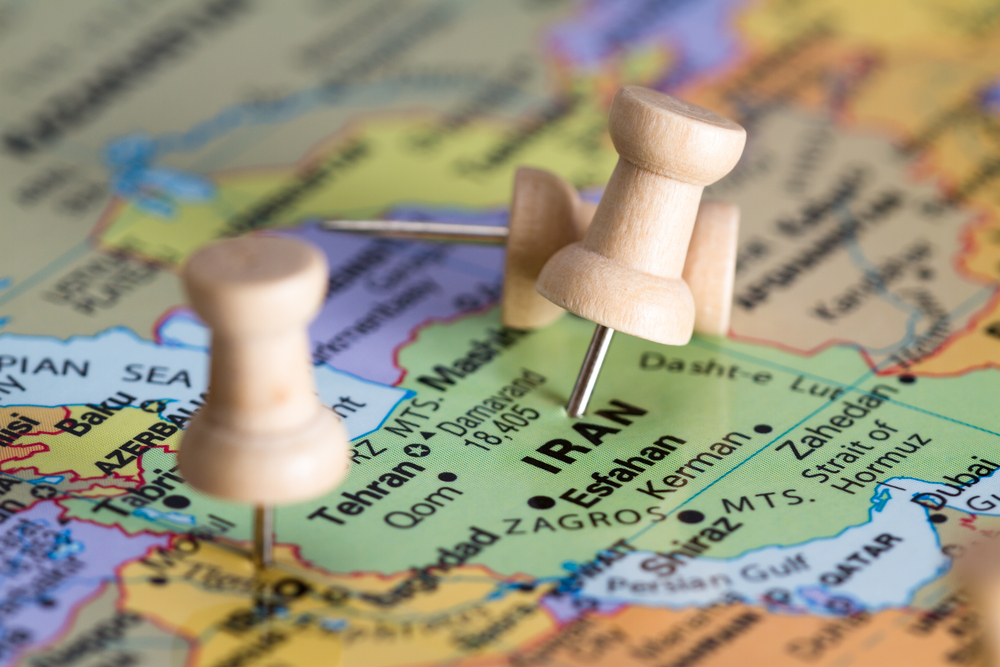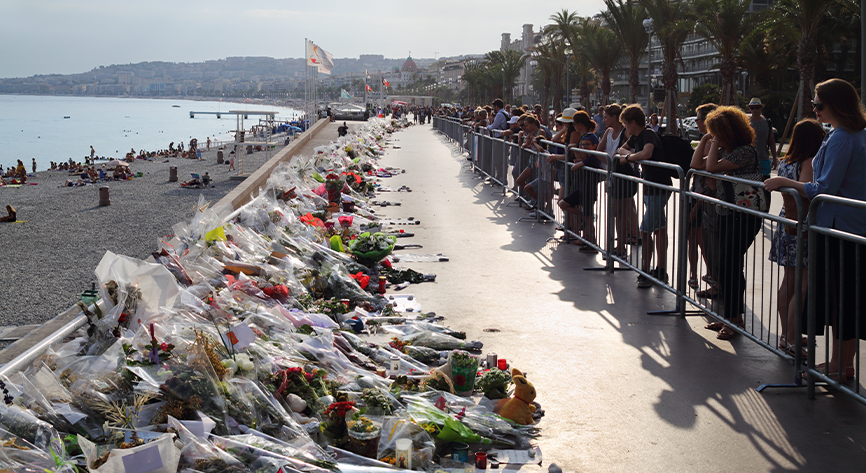Global civilian casualties from explosive weapons rise for the third year running
New data released today by Action on Armed Violence (AOAV) shows that global civilian deaths and injuries in 2014 from explosive weapons have gone up for a third consecutive year.
In 2014, 41,847 people were killed or injured by explosive weapons – of these 78% were civilians (32,662). In populated areas civilians made up 92% of casualties.
These numbers reflect a 52% rise from the numbers hurt or killed in 2011, when AOAV started its explosive weapon monitor (when 21,499 civilian casualties were captured).
In Explosive States, AOAV explores the countries and weapons that have been of particular concern in 2014.
The full report is available for download here: Explosive States: Monitoring explosive violence in 2014
Key findings from the report include:
- Civilian casualties from aerial explosive weapons in 2014 almost tripled from 2013 levels.
- There were almost twice as many civilian casualties from barrel bombs in 2014 as in 2013.
- There was a 53% rise in harm caused by mortars from 2013 – with 3,000 civilian casualties in 15 countries.
- Suicide bombs caused 5,501 civilian casualties in 2014 in 17 countries.
- State forces caused 28% of civilian casualties in 2014, up from 11% in 2013.
- Iraq, Syria, Gaza, Nigeria and Pakistan were the worst places to be a civilian. Over ten thousand civilian casualties from explosive weapons were recorded in Iraq for the second year in a row, as ISIS took towns and cities across the country.
Iain Overton, Director of Investigations at AOAV, said of the findings: “This is the third consecutive year that we have seen an increase in civilian deaths and injuries from explosive weapons. With civilians bearing the brunt of explosive weapon harm in Gaza, Ukraine, Nigeria, Iraq, Syria and Afghanistan the question has to be: ‘How many more will have to die before states agree to end the use of explosive weapons in populated areas?”
“But it is not just governments causing this harm,” Overton said, “Last year the biggest single bombing we recorded was a massive IED attack at a mosque in northern Nigeria. IEDs are not just a problem of the battlefields of Iraq or Afghanistan. These weapons are killing and injuring civilians the world over, and collective action is the only way we are going to reverse the trends of recent years.”
The lead researcher on the project, Robert Perkins, said: “State use of heavy explosive weapons shot up last year. More governments are using more bombs, and all too often they are trying to take out targets within populated areas. Our data has shown year after year that this practice kills and injures civilians far too often for it to be chalked up as unavoidable, isolated mistakes.”
The CEO of AOAV, Steven Smith, responded to the data by saying: “Our findings show that bombing and shelling is not just a problem of the battlefields of Iraq or Afghanistan. It’s one that hits us in our homes, our markets, our mosques and our schools. The use of heavy explosive weapons in populated areas is unacceptable, but all too predictable.”























